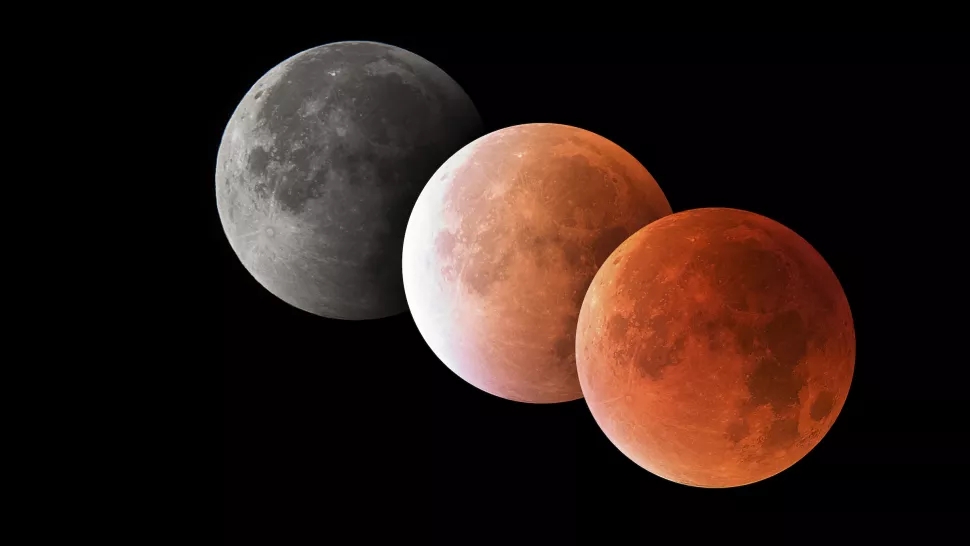2021-11-13
 The moon takes on a dull orangey-red hue during a lunar eclipse (Image credit: Westend61 via Getty Images)
The moon takes on a dull orangey-red hue during a lunar eclipse (Image credit: Westend61 via Getty Images)
A partial solar eclipse occurs on the morning of November 19 next week
The longest partial lunar eclipse of this century will occur from November 18th to 19th next week. This gorgeous phenomenon will be visible in all 50 states in the United States. NASA predicts that Micro Beaver’s full moon total eclipse will last approximately 3 hours, 28 minutes and 23 seconds-starting at approximately 2:19 AM Eastern Time (7:19 AM UTC); at 4 AM Eastern Standard Time It reaches its maximum at around 9:00 AM (UTC time 9 AM); and ends at 5:47 AM Eastern Time (UTC time 10:47 AM). The Micro Beaver moon is so named because it occurs at the farthest part of the moon from the earth and before the beaver capture season.
When the earth’s shadow covers 97% of the full moon, this partial lunar eclipse will be the longest so far in this century, dwarfing the duration of the longest total lunar eclipse of this century, which occurred in 2018 and extended to 1 hour and 43 minutes. According to the Holcomb Observatory at Butler University in Indiana, the upcoming solar eclipse will also be the longest partial lunar eclipse in 580 years.
When the earth slides between the moon and the sun, a lunar eclipse occurs, so the shadow of our planet will eclipse or "fall on" the moon. Shadows can block all sunlight, or block most of the sunlight in the event of a partial solar eclipse, and paint the moon black and rusty red.
This moon turns red because the light from the sun directly prevents the umbra of the earth, or the darkest part of its shadow, from bending around the earth and passing through the atmosphere to reach the moon. As previously reported by Live Science, the Earth’s atmosphere filters out shorter, bluer wavelengths of light and allows red and orange wavelengths to pass. After these red and orange wavelengths pass through the Earth’s atmosphere, they continue to the moon, bathing it in deep redwood-colored light.(source: livescience.com)